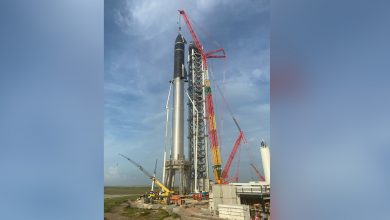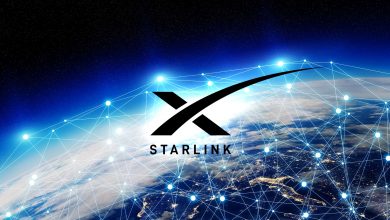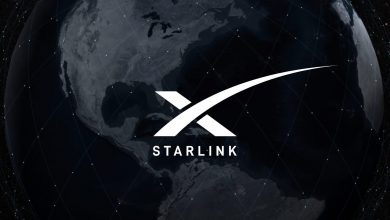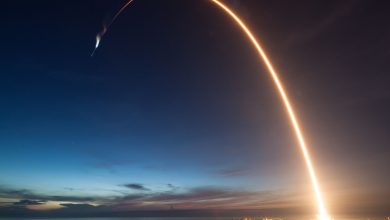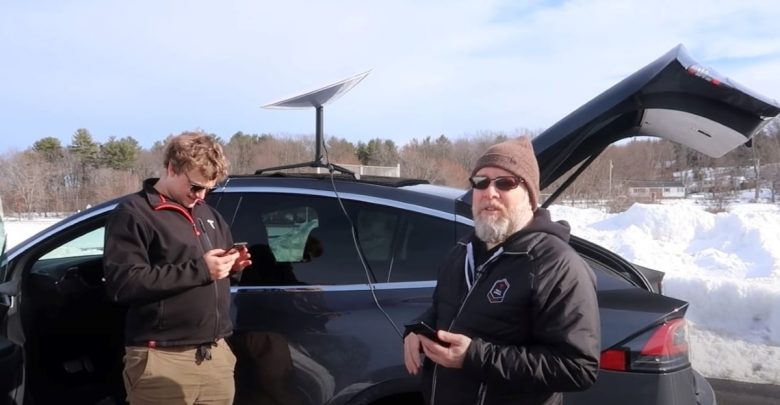
SpaceX is gearing up for it’s next launch of 60 Starlink satellites from Cape Canaveral into space aboard a Falcon 9 rocket Tuesday night as SpaceX seeks regulatory authority to expand the network’s services from homes and offices to airplanes, ships, and trucks.
SpaceX wants to connect moving vehicles, including planes, ships, and large trucks, to its Starlink satellite internet service, according to a request the company filed to the Federal Communications Commission (FCC) on Friday.
Currently, Starlink provides rural and underserved communities with broadband through its 1,122 low-Earth orbit satellites. Starlink kits cost $499 upfront, plus $99 a month for a subscription. Now, the space firm plans to use antennas that can mount to vehicles, vessels, and aircraft, and are “electrically identical” to existing user terminals, the filing said.
SpaceX in its filing didn’t specify which vehicles the company is targetting to install its terminals however, said “No longer are users willing to forego connectivity while on the move, whether driving a truck across the country, moving a freighter from Europe to a U.S. port or while on a domestic or international flight,”
In Friday’s request, SpaceX director of satellite policy David Goldman said the antenna “would serve the public interest” and “allow operators and passengers to access services that enable increased productivity.”
“The volume of traffic flowing over the world’s networks has exploded,” said Goldman. “No longer are users willing to forego connectivity while on the move.”
Not connecting Tesla cars to Starlink, as our terminal is much too big. This is for aircraft, ships, large trucks & RVs.
— Elon Musk (@elonmusk) March 8, 2021
Last year, SpaceX asked the FCC for authorization to test Starlink on ships that it uses to recover rockets that have landed in the ocean, CNBC reported. But Friday’s letter is for a “blanket license” for operations.
Since the launch of Starlink’s “Better Than Nothing” beta in October, it has gained more than 10,000 users and operates in at least six countries. In early February, SpaceX began offering $99 preorders of Starlink in Australia, New Zealand, Mexico, and areas of the US where Starlink isn’t yet live. The most recent Starlink satellite launch took place on Thursday, when SpaceX’s Falcon 9 rocket delivered another 60 satellites into orbit, adding to its ever-expanding constellation. The company aims to have up to 42,000 satellites in orbit by mid-2027.
SpaceX test-fired a 229-foot-tall (70-meter) Falcon 9 rocket at 6 p.m. EST (2300 GMT) Monday on pad 40 at Cape Canaveral Space Force Station. Hold-down clamps held the launcher on the ground as the engines generated 1.7 million pounds of thrust for several seconds.
The static fire test was a key milestone before SpaceX proceeds with the launch of the Falcon 9 and 60 Starlink payloads at 9:58 p.m. EST Tuesday (0258 GMT Wednesday). SpaceX confirmed in a tweet Monday night that the launch remained on schedule.
The night-time rocket launch will add 60 more Starlink satellites to the ever-growing internet network, nudging it closer to full commercial service. The satellites are already providing internet service to consumers on a beta testing basis.
SpaceX has launched 1,205 Starlink satellites to date, including prototypes. More than 1,100 of the Starlink satellites appear to be functioning, discounting test spacecraft and failed satellites, according to a catalog maintained by Jonathan McDowell, an astronomer and widely-respected tracker of space activity.

The Starlink network could eventually number more than 10,000 satellites, but the first tranche of Starlinks will have 1,584 satellites orbiting 341 miles (550 kilometers) above Earth on paths tilted 53 degrees to the equator. SpaceX has approval from the Federal Communications Commission for around 12,000 Starlink satellites at a range of altitudes and inclinations, all within a few hundred miles of the planet. The low altitude enables the satellites to deliver high-speed, low-latency connectivity to customers, and helps ensure the spacecraft naturally re-enter the atmosphere faster than if they flew farther from Earth.
Starlink is already providing interim beta service across high latitude regions, such as the northern United States, Canada, and the United Kingdom. More Starlink launches this year will enable an expanded coverage area.
SpaceX is accepting pre-orders from would-be Starlink consumers, who can pay $99 to reserve their place in line to get Starlink service when it becomes available in their area. For people in the southern United States and other lower-latitude regions, that should come by late 2021, SpaceX says.
Once confirmed, customers will pay $499 for a Starlink antenna and modem, plus $50 in shipping and handling, SpaceX says. A subscription will run $99 per month.
The launch Tuesday night will come less than six days after SpaceX’s most recent Falcon 9 launch, which also delivered 60 Starlink spacecraft to orbit from pad 39A at the Kennedy Space Center, a few miles to the north of pad 40. SpaceX uses both launch facilities on Florida’s Space Coast.
Another Falcon 9 launch from pad 39A — again carrying Starlink satellites — is scheduled for 5:06 a.m. EST (1006 GMT) Saturday.
The two-stage Falcon 9 rocket set for launch Tuesday night will head northeast from Cape Canaveral to deliver the 60 Starlinks to a preliminary transfer orbit between 161 miles and 174 miles (260 and 281 kilometers) in altitude, where the satellites will take over and boost themselves to their 341-mile-high operating orbit. The first stage will shut down and drop away from the Falcon 9’s upper stage about two-and-a-half minutes into the mission, and head for a vertical landing on SpaceX’s drone ship “Just Read the Instructions” parked in the Atlantic Ocean east of Charleston, South Carolina.
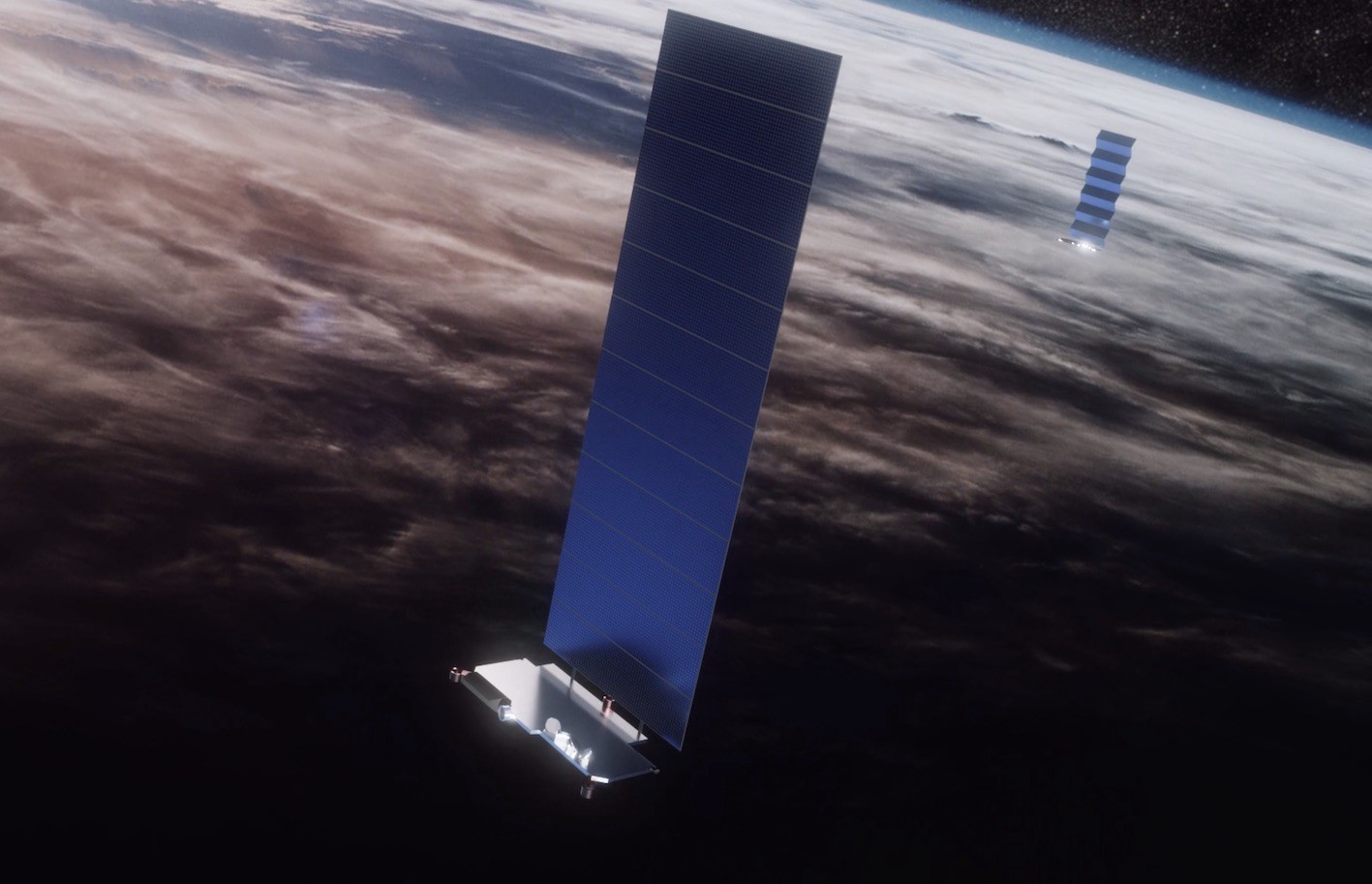
The first stage booster flying Tuesday has launched and landed on five previous missions, beginning with the launch last May of the Crew Dragon test flight with astronauts Doug Hurley and Bob Behnken. The payload fairing, which protects the Starlink satellites during the first few minutes of launch, includes one half recovered from two prior missions, and another half with one launch on its record.
Two additional SpaceX vessels were dispatched into the Atlantic Ocean to retrieve the payload fairing halves after Tuesday night’s launch.
The Starlink satellites are built by SpaceX in Redmond, Washington, and each spacecraft weighs about a quarter-ton at liftoff. They are fitted with power-generating solar array wings, krypton ion thrusters for propulsion, and visors to dim their brightness to people on the ground, a mitigation added to Starlink satellites last year after astronomers raised concerns the spacecraft would ruin some telescopic observations.
Amid SpaceX’s high-tempo launch cadence, the company is building out production of ground terminals, routers, and other equipment for shipment to Starlink customers. A job listing posted online last week suggested SpaceX plans a manufacturing center in Austin, Texas, to produce consumer-facing Starlink hardware.
SpaceX filed a request with the FCC on Friday for approval to deploy end-user stations it calls “Earth Stations in Motion,” or ESIMs. The mobile terminals would be mounted on land vehicles, ships, and airplanes, SpaceX said in the filing.
The mobile stations are “electrically identical” to the $499 terminals already authorized by the FCC for fixed consumers. The federal regulator previously issued a license for SpaceX to field up to a million end-user Earth stations designed for homes, businesses, schools, hospitals, and other types of customers.
The Starlink terminals designed for mobility have “mountings that allow them to be installed on vehicles, vessels, and aircraft,” SpaceX wrote in the filing with the FCC. The terminals will communicate with Starlink satellites visible above an elevation of 25 degrees in the sky.
In order to connect to the now over 1000 Starlink satellites orbiting earth, SpaceX provides customers with a phased array antenna. The antenna named “Dishy McFlatface” has a diameter of 19 inches and also requires a motorized stand to locate the satellites which also adds to the bulk.
As a result, putting the terminal on to cars, SUVs, and pickup trucks will be too much of an eyesore not to mention how negatively it will affect the aerodynamics of the vehicles. Going forward Musk thinks 5G will be the way to go for connection in Tesla vehicles.
However, there is still a slight chance in the future Musk might reconsider putting Starlink terminals onto Tesla vehicles. Asked by a Twitter user if SpaceX can do a smaller, more mobile version of their Starlink terminal Musk hinted it was a good idea. If SpaceX ends up producing smaller terminals depending on the decrease in size it might once again make sense for Tesla vehicles to be getting Starlink internet.
SpaceX CEO Elon Musk on Monday said in a tweet that the antennas would not connect Tesla cars to Starlink because the terminals are “much too big.”
“This is for aircraft, ships, large trucks & RVs,” he said.

